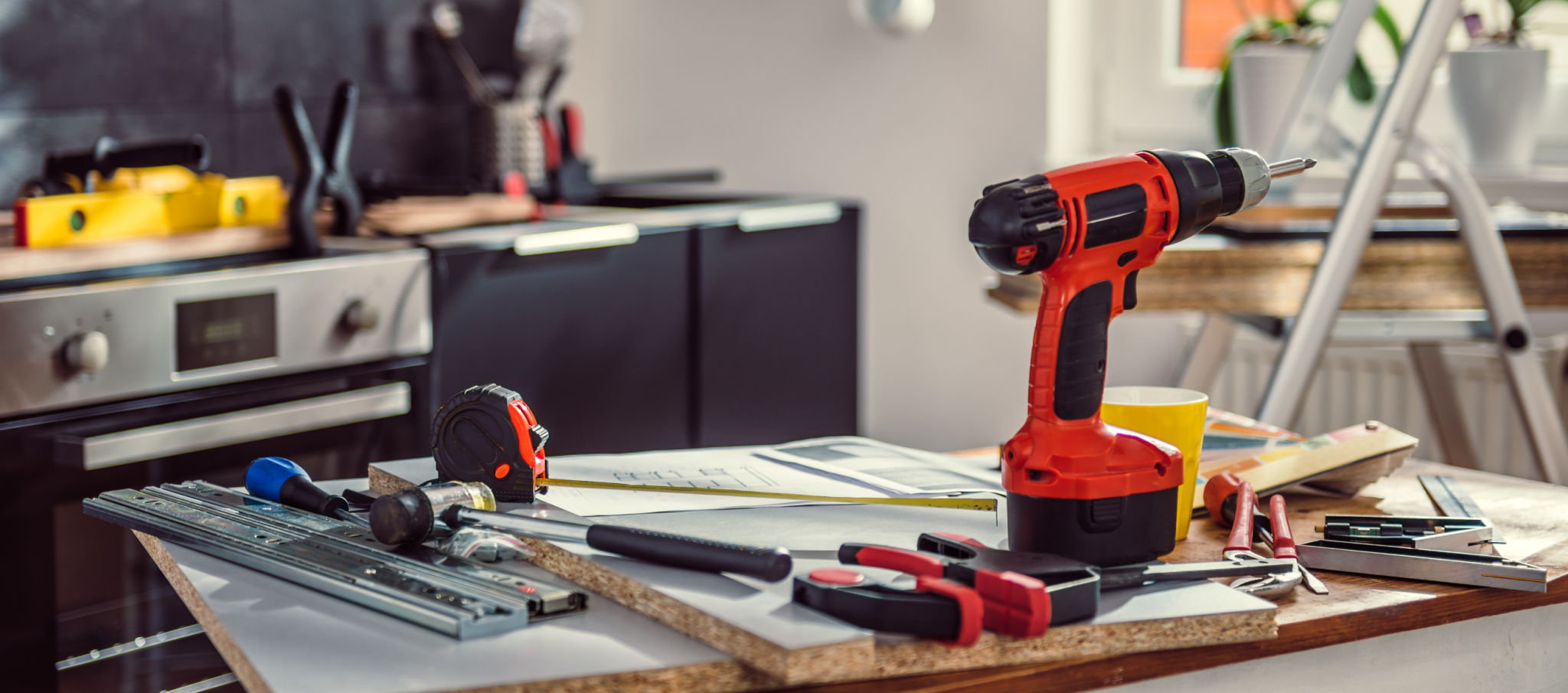Your Ultimate Guide to DIY Home Renovations
Planning Your DIY Home Renovation
Embarking on a DIY home renovation can be both exciting and daunting. The key to success is careful planning. Start by defining your goals and establishing a realistic budget. Consider which areas of your home need the most attention and prioritize projects accordingly. A clear plan will not only keep you focused but also help prevent unexpected expenses.

Once you have a plan in place, gather inspiration from design magazines, websites, or social media platforms like Pinterest. Create a vision board to visualize how different elements will come together. This step is crucial for ensuring your renovation reflects your personal style while meeting functional needs.
Essential Tools and Materials
Before diving into any renovation project, ensure you have the right tools and materials. Common tools for home renovation include a drill, circular saw, hammer, tape measure, and level. Investing in quality tools can save time and frustration in the long run.
- Paint and Brushes: Choose the right paint type for each surface.
- Sandpaper: Essential for prepping wood surfaces.
- Safety Gear: Always use gloves, goggles, and masks when necessary.

For materials, it’s important to buy slightly more than you think you'll need to account for mistakes or miscalculations. Keep receipts in case you need to return unused items.
Renovating Key Areas
When deciding which areas to renovate first, focus on spaces that offer the most value or improvement in quality of life. Kitchens and bathrooms are popular choices due to their high impact on daily routines and potential return on investment.

If you're updating a kitchen, consider replacing old cabinetry or updating hardware for an instant facelift. In bathrooms, new tiles or fixtures can transform the space without a full remodel. Remember to keep functionality at the forefront of your design decisions.
Managing Your Time and Budget
Time management is crucial during a DIY renovation. Set realistic timelines for each phase of the project and stick to them as closely as possible. Unexpected delays are common, so build a buffer into your schedule.
- Set Milestones: Break down tasks into manageable steps.
- Track Progress: Regularly review what’s been completed versus what’s left.
- Adjust Plans: Be flexible and willing to adapt as needed.

Your budget should be detailed and account for all possible expenses, including permits if required. Regularly update your budget as the project progresses to avoid overspending. Consider setting aside a contingency fund for unexpected costs.
Final Touches and Enjoyment
The final stage of any renovation is adding those personal touches that make your house feel like a home. This could include artwork, textiles, or custom lighting solutions that reflect your style. These elements can bring warmth and personality to any space.
After completing your DIY renovation, take time to enjoy the fruits of your labor. Host a gathering with friends and family to showcase your hard work and celebrate your newly transformed space. Remember, the satisfaction of creating something yourself is one of the greatest rewards of DIY projects.
